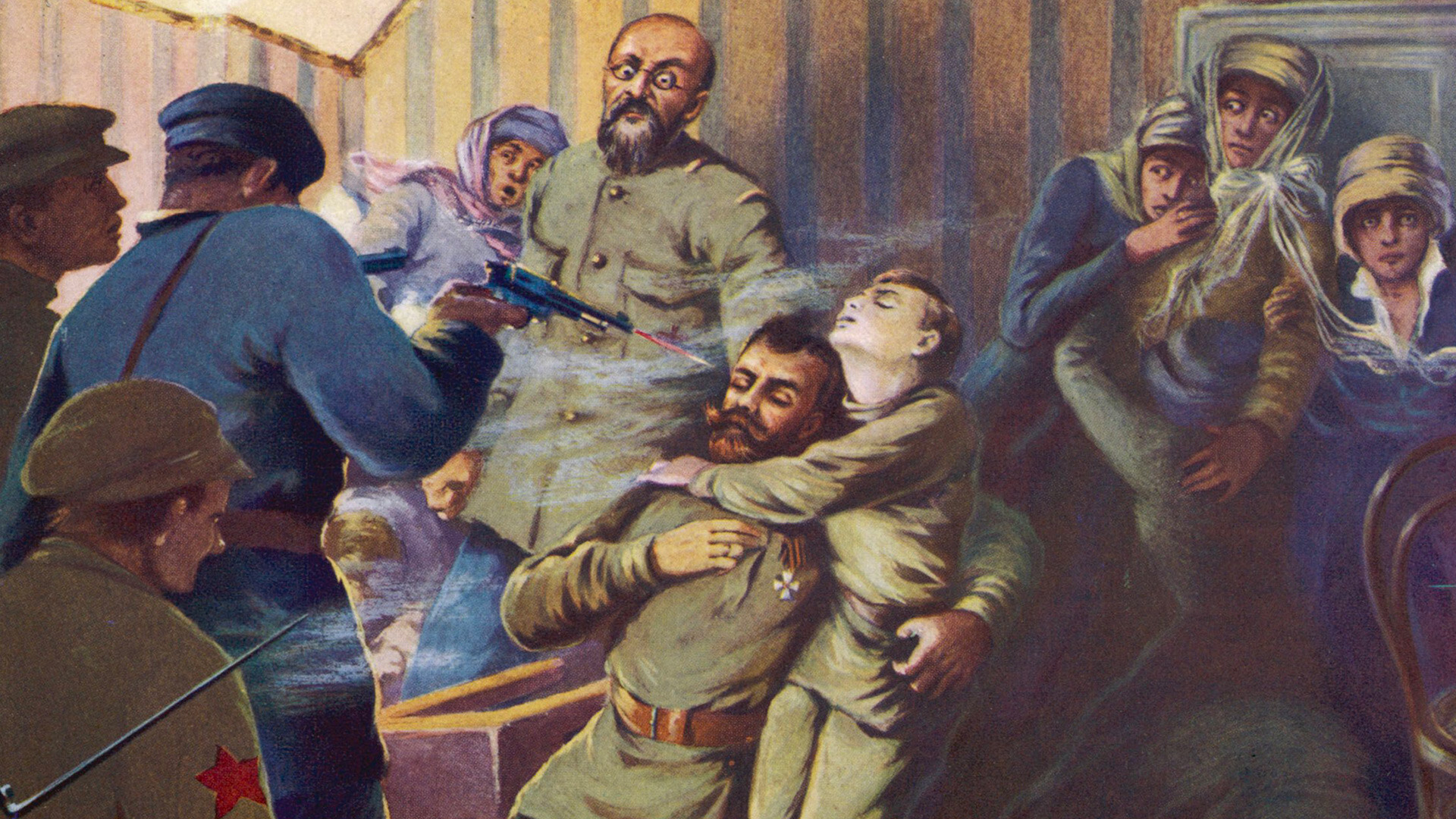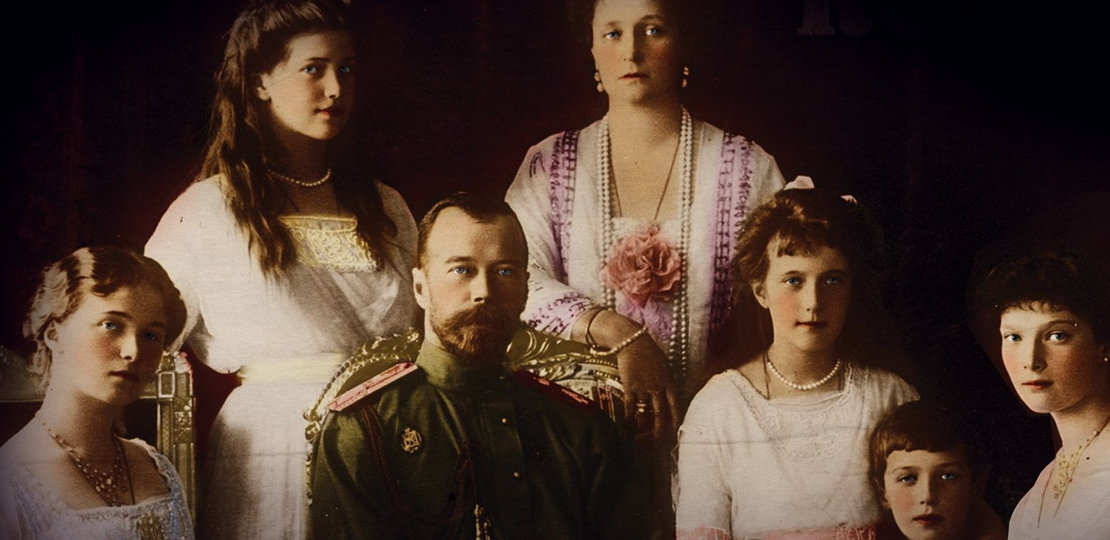The investigation of the Romanovs’ case continued, but the accusing party did not find any conclusive evidence. There were no obstacles to allowing the royal family to leave, but the Bolsheviks were not ready for such a step: they feared that it could have dire consequences in the future. In the meantime, it was decided to send the Romanovs to Tobolsk into exile – after the Bolshevik Party came to power, no one could protect the royal family.
The Romanovs lived in Tobolsk for a long time – it is not known what happened in the house where they lived, but the control by the guards was strict. In March, new charges appear and the investigation is gaining momentum – because of Nikolai, who allegedly tried to escape. In the end, the family is transported to Yekaterinburg, where they live in a merchant’s house.

At the same time, not far from the place of residence of Nicholas, the fighting did not subside, and the Bolsheviks were worried that the enemy might use the Romanovs for their own purposes. This hastened the adoption of the decision, and the order for the execution of the royal family was issued on 12 July. In 1918, one late evening, authorized representatives came to the Romanovs. They ordered everyone to wake up the sleeping people and go down to the basement, as if to ensure their own safety. Servants followed the royal family into the basement. The execution sentence was read out as soon as everyone was downstairs. People who had not yet fully awakened did not even have time to understand what was happening, when shots rang out, and by one in the morning it was all over – the Romanovs and their servants were killed. Their remains were taken to an abandoned territory and tried to burn, and when it did not work, they threw them into the mines. Later, the remains were taken out and buried without specifying the place. The authorities learned about the events of that night in the morning, and the public learned about the events of that night from the newspapers the next day.

